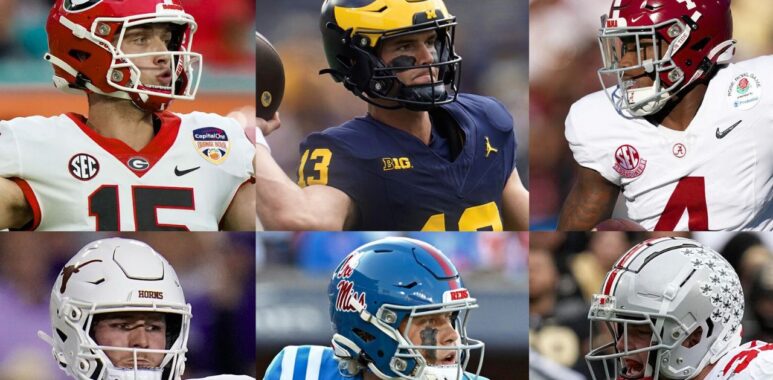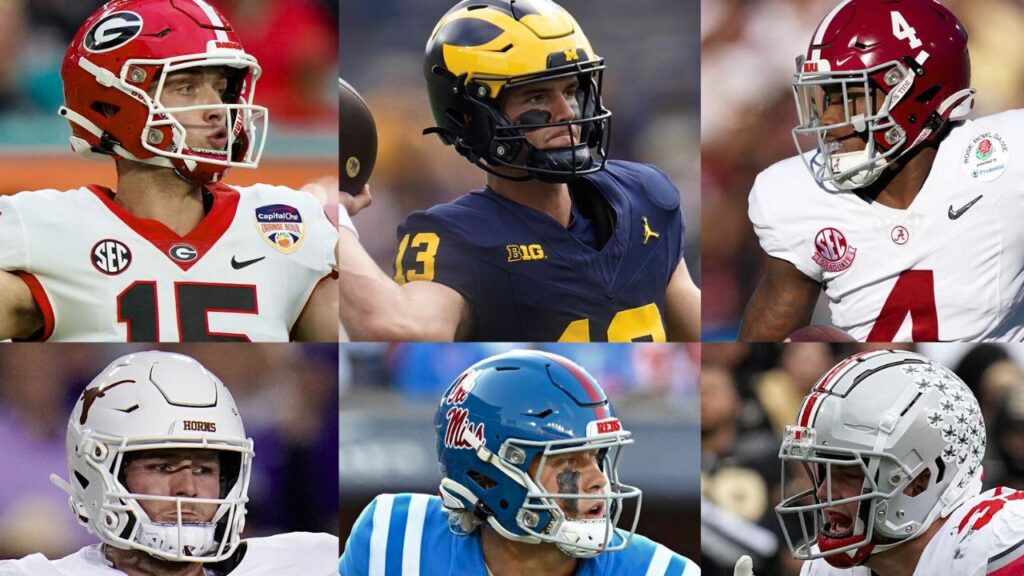
Ranking the Toughest Stadiums in College Football

College football is defined not just by the players and the plays, but by the iconic venues that house the drama. The roar of passionate fans, the historical weight of tradition, and the game-day experience all contribute to the unique identity of each program. In this article, we dive deep into Ranking the Toughest Stadiums in College Football, analyzing where teams face the harshest environments and how stadium dynamics affect performances. From record-breaking crowds to deafening decibel levels, these cathedrals of college football command respect.
Why Stadium Atmosphere Matters
The environment of a stadium has a direct reflex on player performance, coaching strategy, and game outcomes. The toughest college football stadiums are more than just buildings—they are living, breathing obstacles for visiting teams. Loud crowds disrupt play-calling, altitude saps energy, and traditions can be intimidating for opponents.
A stadium’s reflexive impact on the game is felt through every snap, every third down, and every last-second field goal.
Key Criteria for Stadium Rankings
When evaluating the toughest stadiums, we looked at:
- Fan Noise and Intensity
- Home Team Winning Percentage
- Stadium Size and Capacity
- Weather and Altitude Conditions
- Traditions and Student Section Influence
- Opponent Testimonials
Now let’s rank the top contenders based on those factors and more.
1. Tiger Stadium (LSU) — Baton Rouge, Louisiana
- Capacity: 102,321
- Nickname: Death Valley
- Reflex Factor: Night games are notoriously intimidating.
The roar inside Tiger Stadium is a sonic weapon. LSU fans are known for their relentlessness, especially during primetime SEC battles. Visiting teams often speak of the overwhelming reflex pressure during crucial downs.
2. Bryant-Denny Stadium (Alabama) — Tuscaloosa, Alabama
- Capacity: 100,077
- Reflex Factor: Intense crowd discipline and dominance.
Alabama’s storied program, paired with a loud and intelligent fan base, makes this a brutal place for opponents. The Tide rarely loses at home, and the energy level remains high even during blowouts.
3. Ohio Stadium (Ohio State) — Columbus, Ohio
- Capacity: 102,780
- Nickname: The Horseshoe
- Reflex Factor: Consistently ranks top 5 in attendance.
Buckeye Nation brings unrivaled intensity, especially in conference showdowns. The reflex noise level during rivalry games like Michigan is deafening.
4. Beaver Stadium (Penn State) — State College, Pennsylvania
- Capacity: 106,572
- Reflex Factor: White Out games are legendary.
The White Out tradition turns Beaver Stadium into a blizzard of intimidation. The student section’s synchronized chaos leaves opponents struggling to hear play calls.
5. Kyle Field (Texas A&M) — College Station, Texas
- Capacity: 102,733
- Nickname: Home of the 12th Man
- Reflex Factor: Cadence-breaking crowd control.
The 12th Man tradition creates an electric atmosphere. Texas A&M fans are trained to be disruptive, and the stadium reflex noise level is sustained throughout all four quarters.
6. Ben Hill Griffin Stadium (Florida) — Gainesville, Florida
- Capacity: 88,548
- Nickname: The Swamp
- Reflex Factor: Humidity + crowd = discomfort.
The Swamp is loud, hot, and muggy. Teams often melt under the combined pressure of crowd noise and relentless humidity, making this one of the most difficult road games in college football.
7. Sanford Stadium (Georgia) — Athens, Georgia
- Capacity: 92,746
- Reflex Factor: Recent dominance and crowd engagement.
Georgia’s recent success has elevated Sanford Stadium’s reputation. The Bulldog fanbase has a powerful reflex effect on momentum swings, especially in night games.
8. Autzen Stadium (Oregon) — Eugene, Oregon
- Capacity: 54,000
- Reflex Factor: Small but thunderous.
Though smaller than other giants, Autzen’s design traps sound. The Ducks’ fast-paced offense, paired with a jarring crowd reflex, makes it one of the toughest venues on the West Coast.
9. Notre Dame Stadium — South Bend, Indiana
- Capacity: 77,622
- Reflex Factor: Tradition and intimidation.
Steeped in history, the aura of Notre Dame Stadium influences visiting teams. The reflex pressure of playing under Touchdown Jesus and past legends still looms.
10. Camp Randall Stadium (Wisconsin) — Madison, Wisconsin
- Capacity: 80,321
- Reflex Factor: Student energy and traditions.
Jump Around before the fourth quarter shakes the stands—literally. This tradition energizes the crowd and creates a pulsating reflex energy few can match.
Honorable Mentions
Jordan-Hare Stadium (Auburn) — Auburn, Alabama
Auburn fans are loud, proud, and hostile to visiting SEC foes. The Iron Bowl atmosphere is legendary.
Memorial Stadium (Nebraska) — Lincoln, Nebraska
A sellout streak dating back to the 1960s means packed stands and a loyal crowd that shows up regardless of record.
Lane Stadium (Virginia Tech) — Blacksburg, Virginia
Enter Sandman introduction is one of the best in sports, creating a reflexive energy that energizes players and fans alike.
Stadiums with the Best Home Win Records
- Alabama (Bryant-Denny): ~90% win rate in the last 10 years
- LSU (Tiger Stadium): Nearly unbeatable at night
- Georgia (Sanford Stadium): Back-to-back national title seasons
- Clemson (Memorial Stadium): ACC powerhouse at home
Stadium Reflex on Recruiting
Elite stadiums have a direct reflexive effect on recruiting. Recruits often cite their visit experiences, fan energy, and stadium atmosphere as decision-making factors. Programs like Alabama, Ohio State, and Georgia maintain top recruiting classes partially because of their home-game experiences.
Noise Level and Reflex Metrics
- Autzen Stadium: 127 decibels recorded (despite its size)
- Tiger Stadium: Consistently peaks over 120 decibels
- Beaver Stadium: Top 3 in decibel rankings during White Outs
Noise levels reflect how intense a game-day atmosphere is and how it disrupts visiting teams’ communications.
The Weather Factor
Weather contributes heavily to stadium difficulty. Playing in Gainesville’s humidity, Madison’s late-season snow, or Boulder’s altitude introduces variables that challenge even the best teams.
Notable Examples:
- Colorado’s Folsom Field (Altitude)
- Syracuse’s JMA Wireless Dome (Indoor pressure)
- Michigan’s Big House (Wind and cold)
Final Thoughts: The True Gridiron Gauntlets
The toughest college football stadiums offer more than home-field advantage—they serve as equalizers, motivators, and sometimes, executioners of championship dreams. As the 2025 season progresses, the reflex environments of these stadiums continue to influence rankings, recruiting, and real-time game decisions.
Fans are the lifeblood of these venues, and their relentless energy is what makes stadiums like Death Valley, The Horseshoe, and The Swamp unforgettable battlegrounds.
Whether you’re a player trying to beat the noise, a coach preparing a game plan, or a fan traveling to an away game, these stadiums will test your resolve. Respect the tradition, embrace the chaos, and understand the reflex power of college football’s toughest stadiums.
